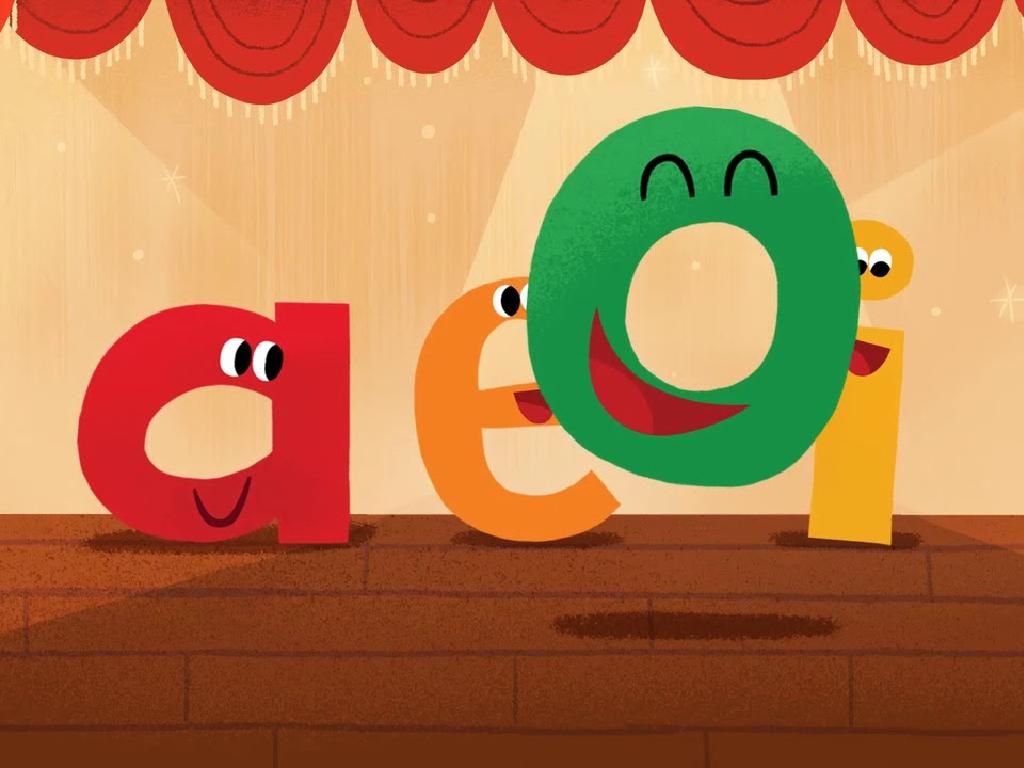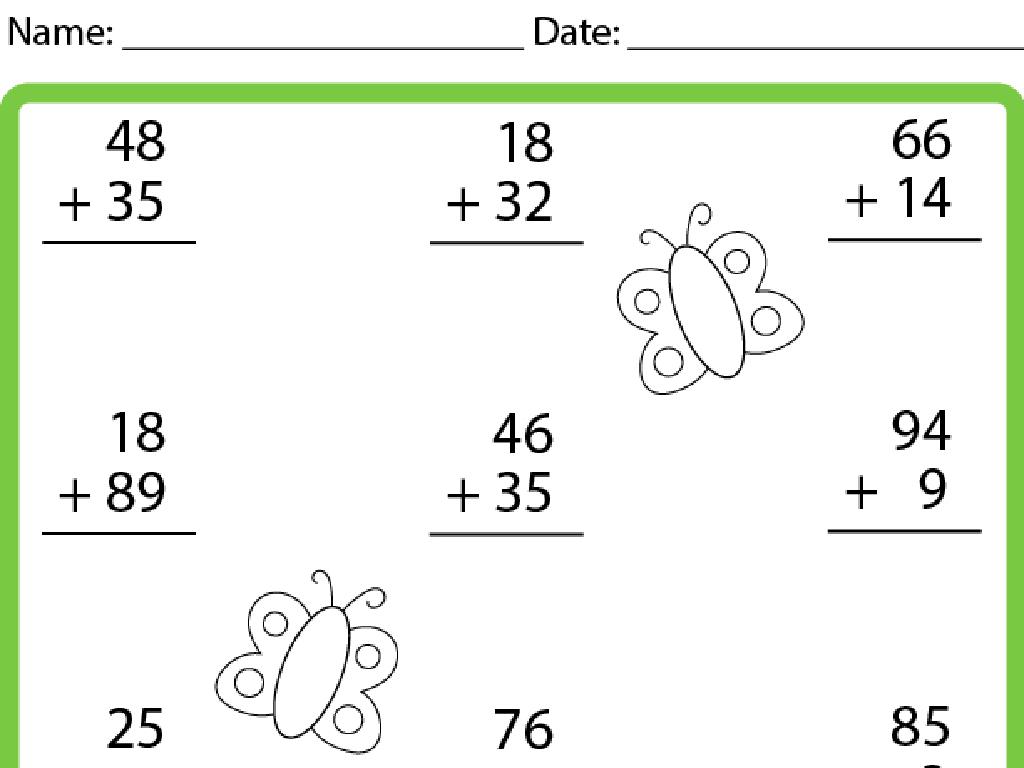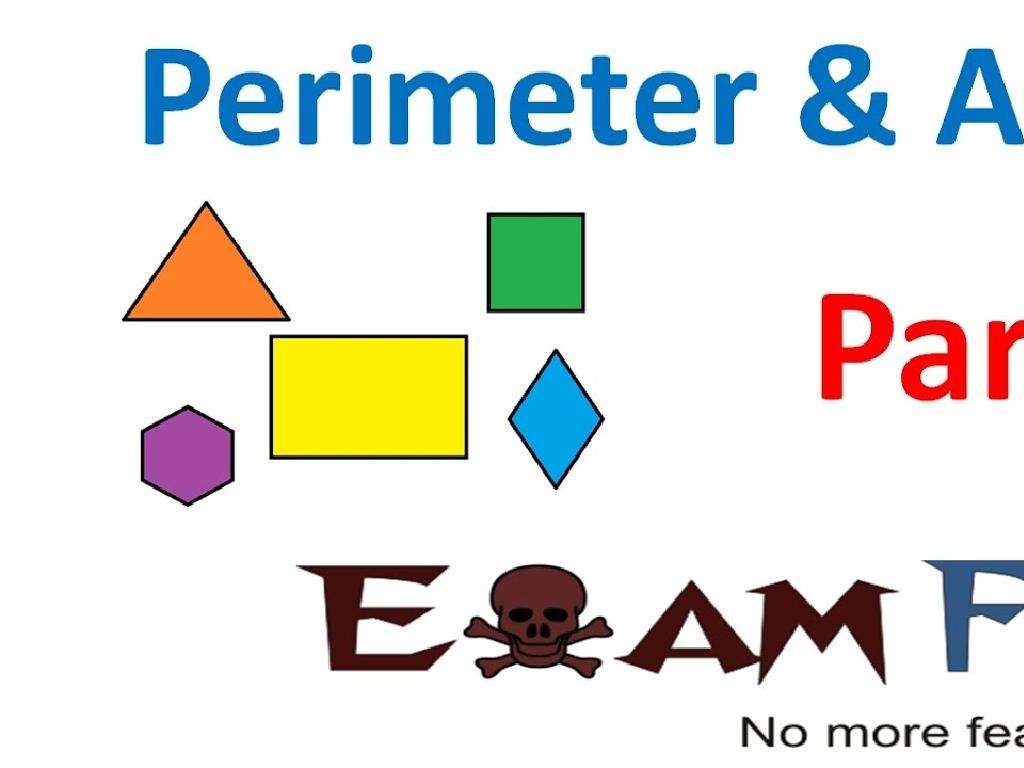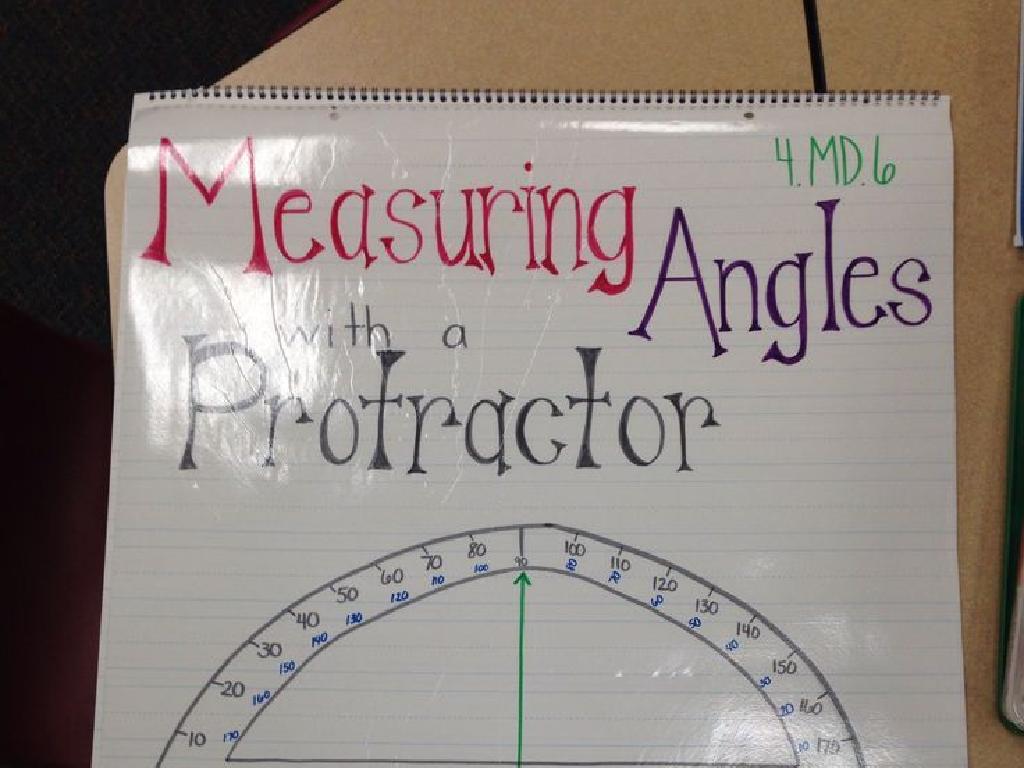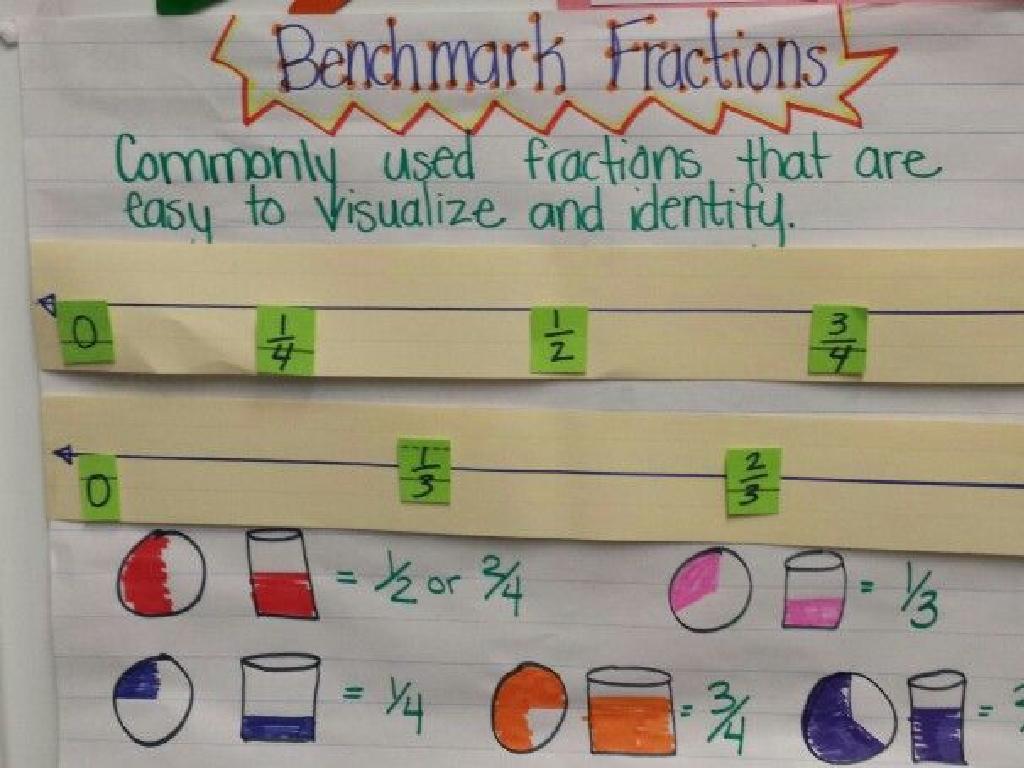Which Feeling Matches The Picture?
Subject: Language arts
Grade: Kindergarten
Topic: Inference And Analysis
Please LOG IN to download the presentation. Access is available to registered users only.
View More Content
Exploring Feelings Through Pictures
– Learn about different feelings
– Guess feelings from pictures
– Look at faces and body language in the images
– Why understanding feelings is important
– Knowing feelings helps us respond to friends
– Feelings help us connect with others
– Sharing feelings can make friendships stronger
|
This slide introduces the concept of emotions and their recognition through visual cues to Kindergarten students. Start by explaining that feelings are something everyone has and they can be happy, sad, angry, or scared. Show them pictures and ask them to guess the feelings being expressed, focusing on facial expressions and body language. Emphasize the importance of understanding our own feelings and those of others as it helps us in social situations, like making friends and showing kindness. Encourage the children to think about times they felt certain emotions and how they showed it. This activity will help develop their empathy and social skills.
Exploring Feelings Through Pictures
– What are feelings?
– Feelings are emotions like joy or fear
– Types of feelings we experience
– Happy, sad, angry, scared are some feelings
– Our faces express our feelings
– Smiles, frowns, and tears can show how we feel
– Matching feelings with pictures
|
This slide introduces the concept of feelings to Kindergarten students. Begin by explaining that feelings are emotions that everyone experiences. Discuss the basic feelings such as happiness, sadness, anger, and fear, and how we all have these feelings at different times. Show how our facial expressions can give clues to others about how we’re feeling inside. For example, when we’re happy, we might smile, and when we’re sad, we might frown or cry. Use the slide to prepare students for an activity where they will look at various pictures of people and match the feeling that corresponds to the facial expression shown. This will help them develop empathy and understanding of emotions.
Matching Feelings with Pictures
– Observe the picture closely
– Guess the feeling shown
– A big smile means happiness
– When people are happy, they often smile wide!
– Let’s practice with more pictures
– We’ll look at different pictures and guess the feelings together.
|
This slide is designed to help Kindergarten students understand how to infer feelings from facial expressions in pictures. Start by showing a picture with a clear emotional expression. Ask the students to look at the picture and guess the feeling being expressed. Explain that a big smile is a common sign of happiness. Use additional pictures to practice this skill, encouraging the students to observe facial features and body language. This activity will help develop their emotional intelligence and understanding of non-verbal communication. Make sure to validate all guesses to foster a supportive learning environment.
Picture Guessing Game: Feelings Edition
– Look at the picture carefully
– Guess the feeling shown
– Think about the clues in the picture
– What is happening? What are their faces saying?
– Remember, any guess is great!
|
This activity is designed to help Kindergarten students develop their inference and analysis skills by interpreting emotions from pictures. Show them a picture with a clear emotional expression. Encourage them to observe closely, looking at facial expressions, body language, and the context of the picture to infer the feeling being depicted. Remind them that this is a guessing game and that all their answers are valuable. This will help them feel comfortable and confident in sharing their thoughts. After each guess, discuss why they thought it was that feeling, reinforcing the use of context clues to understand emotions.
Feeling Picture #1: Guess the Emotion
– Observe the picture carefully
– Notice the face and body language
– Look for smiles, frowns, or tears
– Decide which feeling it shows
– Is it happiness, sadness, anger, or surprise?
– Discuss reasons for your choice
– Share your thoughts with the class
|
This slide is designed to help Kindergarten students develop their inference and analysis skills by interpreting emotions from visual cues. Display a picture with a clear emotional expression. Encourage the children to look closely at the facial expressions and body language to guess the feeling depicted. Ask open-ended questions to facilitate discussion and help them articulate their reasoning. For example, ‘What makes you think the person is happy?’ or ‘Why do you think they are sad?’ This activity promotes empathy and emotional intelligence while enhancing observational and critical thinking skills.
Feeling Picture #2: Exploring Emotions
– Observe the picture carefully
– What feeling does it show?
– Is the person smiling or frowning?
– Look at actions and energy
– Actions like jumping can show excitement
– Discuss your ideas with friends
– It’s fun to learn from each other!
|
This slide is part of an activity designed to help Kindergarten students develop their inference and analysis skills by associating feelings with images. Display a picture with a clear emotional expression to the class. Encourage the children to look at the picture and think about what feeling it might represent. Prompt them to consider the person’s facial expression, body language, and the energy of the scene to infer the emotion. After giving them some time to think, ask the students to share their thoughts with the class. This will not only help them understand emotions better but also practice expressing their thoughts and participating in a group discussion. As they share, validate their responses and guide them to understand the connection between actions and feelings.
Feeling Picture #3: Guess the Feeling
– Observe the picture carefully
– What feeling is shown?
– Is the person smiling or frowning?
– Use expression and posture
– Clues like smiles or crossed arms help us guess
– Discuss with a friend
– Share your ideas with a buddy
|
This slide is part of an activity designed to help Kindergarten students understand emotions and develop empathy. Display a picture of a person showing a particular emotion. Encourage the students to look closely at the person’s facial expression and body language to infer the feeling being depicted. Ask guiding questions like ‘Are their eyes wide or narrow?’ ‘Are their arms open or closed?’ After individual contemplation, the students should discuss their thoughts with a peer, promoting social skills and collaborative learning. Finally, bring the class together for a group discussion where students can share their inferences and learn from each other’s observations. This activity not only aids in emotional recognition but also in the development of language and conversational skills.
Understanding Others’ Feelings
– Why understanding feelings matters
– Knowing feelings helps friendship
– If we know a friend is sad, we can help cheer them up!
– Being kind makes us all happy
– Sharing toys or giving a hug can make someone feel better.
– Let’s be good friends!
|
This slide aims to teach children the importance of empathy and recognizing emotions in others. Understanding how others feel is a key part of forming friendships and being a considerate person. Encourage the children to think about times they have felt happy, sad, or angry and how their friends and family responded. Discuss how actions like sharing and helping can lead to positive feelings. During the next class, plan activities where children can practice identifying emotions from pictures of people showing different facial expressions and discuss appropriate responses to those emotions.
Feeling Charades Game
– Let’s play Feeling Charades!
– Act out a feeling silently
– Use body language and facial expressions
– Classmates guess the feeling
– Think about what we do when we feel happy, sad, or scared
– Everyone gets a turn
|
This class activity is designed to help Kindergarten students understand and identify feelings through a fun and interactive game. Each student will have a chance to come to the front of the class and express a feeling using only their body language and facial expressions. The rest of the class will observe and try to guess the emotion being portrayed. This activity encourages empathy, observation skills, and non-verbal communication. As the teacher, facilitate the game by ensuring each child understands they will act out an emotion without using words. Provide examples if necessary, and guide the class in taking turns and making respectful guesses. Possible feelings to act out include happiness, sadness, anger, fear, surprise, and excitement. Praise students for their efforts and participation.
Super Star Friends!
– Amazing job learning feelings!
– You guessed feelings so well!
– Understanding feelings is important
– It helps us to be kind and helpful
– Star friends recognize others’ feelings!
– This makes you a great friend to others
|
This slide is a positive reinforcement for the students, congratulating them on their efforts to learn about feelings and the importance of empathy. Highlight how recognizing and understanding others’ emotions can make them better friends. Encourage them to continue observing and thinking about how others feel both in and out of the classroom. This will not only help them in their social interactions but also build their emotional intelligence. End the lesson by celebrating their achievements and reminding them that being considerate of others’ feelings is a valuable trait.

